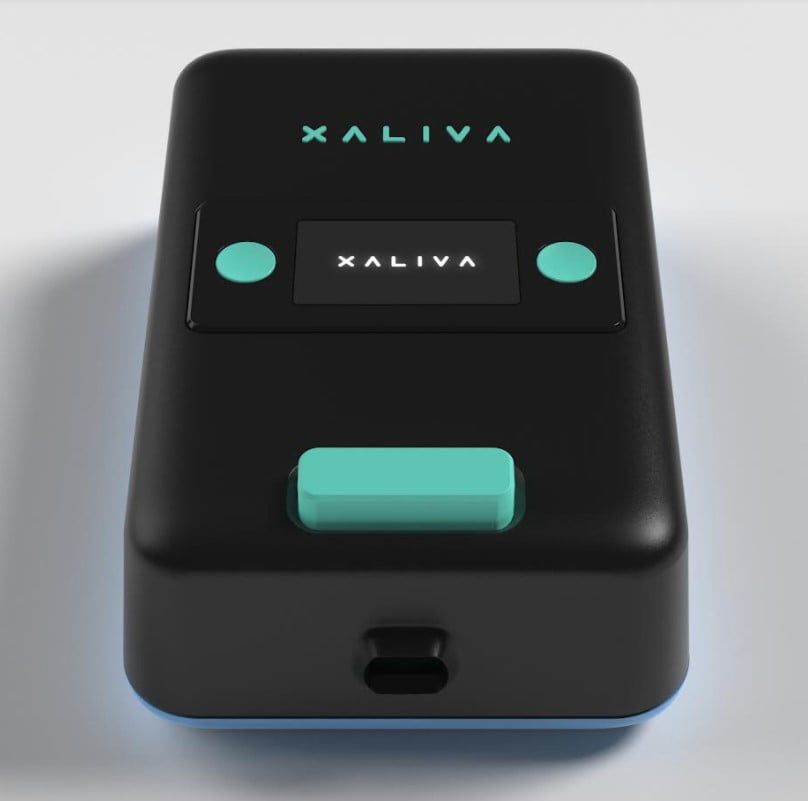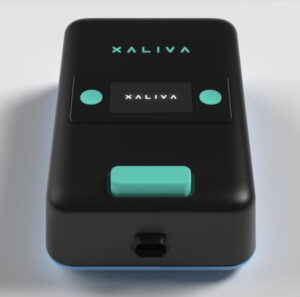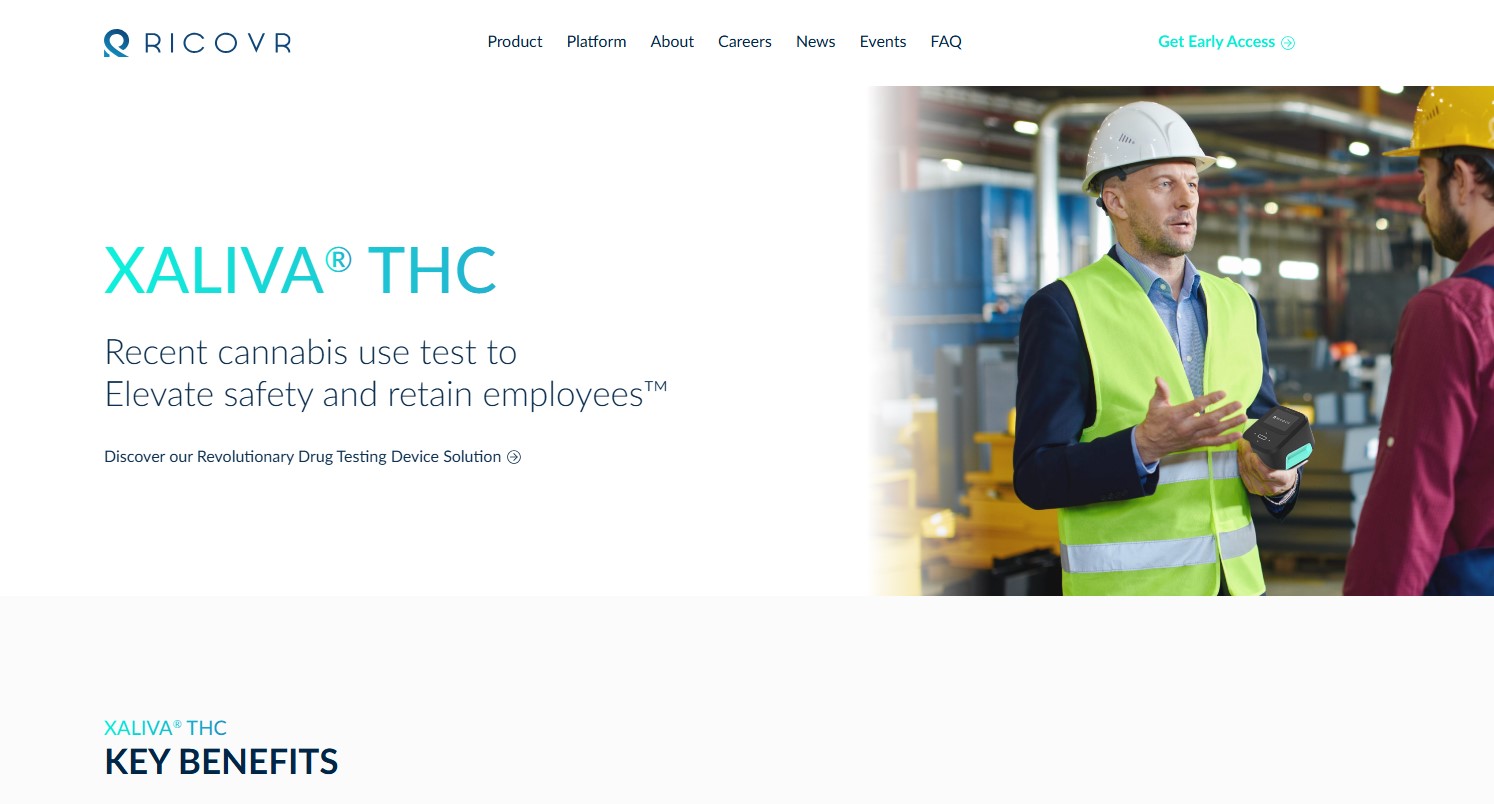RICOVR highlights the benefits of point-of-care drug testing in peer-reviewed journal

 Point-of-care drug testing devices can accurately detect drugs of abuse and increase safety within communities & workplaces.
Point-of-care drug testing devices can accurately detect drugs of abuse and increase safety within communities & workplaces.
PRINCETON, NJ, US, January 24, 2022 /EINPresswire.com/ — RICOVR Healthcare announces a scientific publication on emerging point-of-care devices for drug testing. The article, “Emerging trends in point-of-care sensors for illicit drugs analysis,” was published in the prestigious peer-reviewed Talanta journal. (1) The publication authors were Dr. Himanshu Bhatia, Founder and CEO of RICOVR Healthcare, Manisha Dagara, Sangeeta Yadav, V.V.R. Sai, & Jitendra Satijac.
The article states, “Consumption of illicit narcotic drugs and fatal or criminal activities under their influence has become an utmost concern worldwide. These drugs influence an individual’s feelings, perceptions, and emotions by altering the state of consciousness and thus can result in serious safety breaches at critical workplaces.”
With breakthroughs in rapid point-of-care testing technology, one can use a highly sensitive nanosensor that has traditionally only been available in labs.” — Dr. Himanshu Bhatia, Founder and CEO, RICOVR Healthcare
To overcome these challenges, point-of-care or portable onsite drug-testing devices are becoming essential innovations to combat these problems. For example, law enforcement agencies and employers can use these testing devices to increase safety and lower risk. Progress has been made on the different electrochemical and optical nanosensors. These devices are designed and developed solely to analyze illicit drugs like cocaine (COC), benzodiazepine (BZDs), tetrahydrocannabinol (THC), opioids (OPs), amphetamines & methamphetamine.
“We expect our nanosensor technology to make great strides in detecting illicit drug use in the workplaces, roadside, and for other use cases,” said Dr. Himanshu Bhatia, Founder and CEO of RICOVR Healthcare.
These electrochemical and optical nanosensors have multiple sensing modalities and evolving parameters, such as real-time monitoring and measurement with a smart user interface. This versatile technique aids in understanding illicit drugs’ pharmacodynamic and pharmacokinetic effects and will better inform users at the point of care.
- Manisha Dagar, Sangeeta Yadav, V.V.R. Sai, Jitendra Satija, Himanshu Bhatia. Emerging trends in point-of-care sensors for illicit drugs analysis,
Talanta. Vol 238, Part 2: 2022. Article Link




